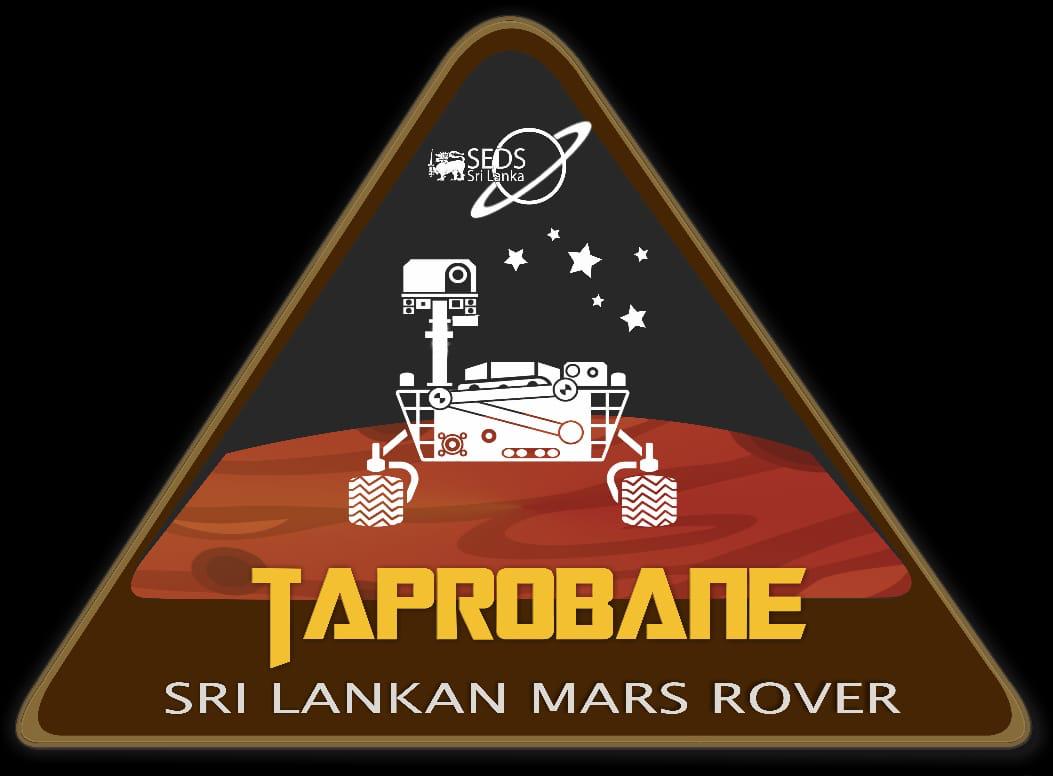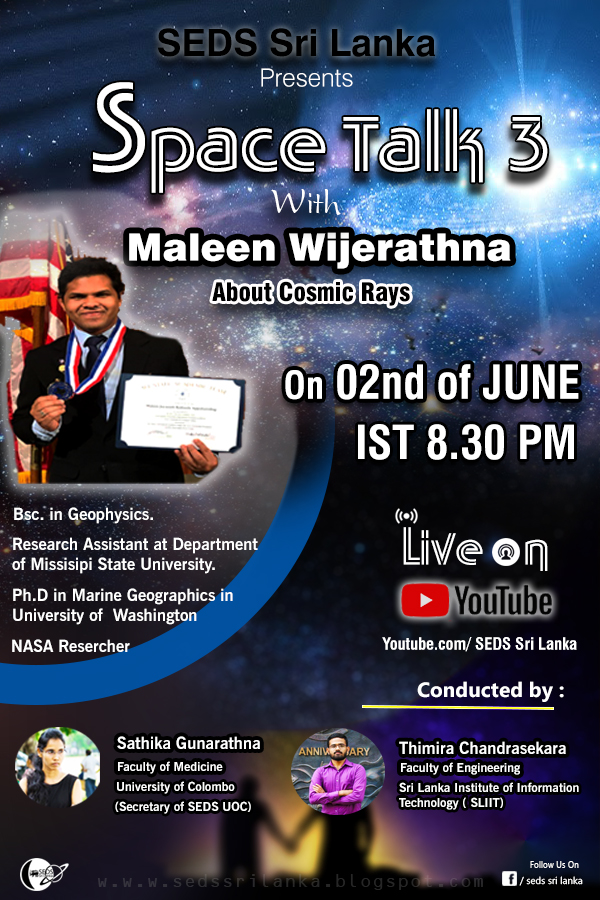NOW RECRUITING

Here's your chance to be a part of the Executive Board 2020/2021 of SEDS Sri Lanka (For the extending executive board positions) and activate your leadership potential Don't miss this valuable opportunity to hold a key role in Sri Lanka's first student running Space based organization if you are fulfilling the qualifications required. Apply Now Application link -https://docs.google.com/forms/d/e/1FAIpQLSfpBqaMk3ElL8YyTWjtwGwf4YloFj2b00ZubYilKqkYEBz7jQ/viewform?usp=pp_url Application deadline - 9th of October 2019 (All the applicants have to go through an online interview. Applicants will be selected by the current Executive Board of SEDS Sri Lanka )












